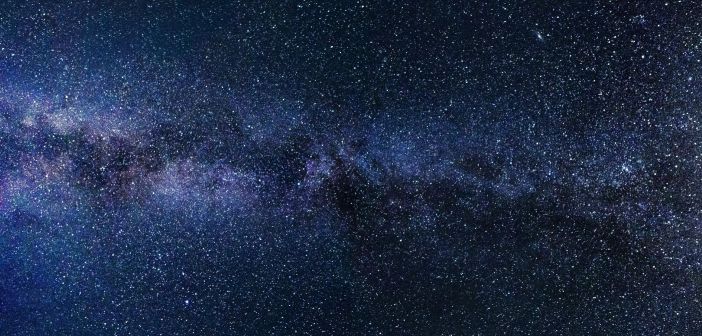My Girl Scout troop met up with some other Beijing Girl Scouts for our trip to Xinglong Observatory. The weekend of our trip coincided with the alignment of all eight planets, and we were hopeful to see them all. We were met by a physics professor and an astronomy professor, who talked to us about the history of the observatory and its function.
We travelled on the train from Beijing Chaoyang Station and then on a bus to Xinglong Observatory. When we arrived, we had a delicious local lunch and then met with Mr. Chen, who showed us a model of the observatory and explained that Xinglong Observatory is the largest in Asia. He told us some of the history behind its creation and the types of telescopes that were there.
Luckily, the sun was visible, and so we went to a building that had a slide on the roof. When the roof was opened, we looked through a special telescope which was focused on the sun and had a special filter to protect our eyes. The sun was bright red, and what looked like dust was moving away from the edges. We saw a dark sun spot. It was beautiful, and I felt very surprised by what I saw.
That evening, we went back to the same building and looked through a different telescope. We were very lucky to be able to see satellites flying quickly past, and I saw Jupiter’s colors and two of its moons.
Fun Fact – Jupiter has 95 moons in total, but it’s hard to see all of them.
The following day, we learnd about how a telescope works by using light reflection. We examined a telescope that can track asteroids called the Schmidt Telescope, and I was able to look inside to see the mirrors that capture and reflect the light from distant galaxies.
Find it:
Xinglong Observatory
Xinglong is in the Yanshan Mountains in Hebei Province
Images: Pexels, Girl Scouts




